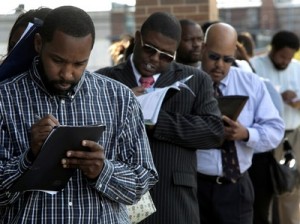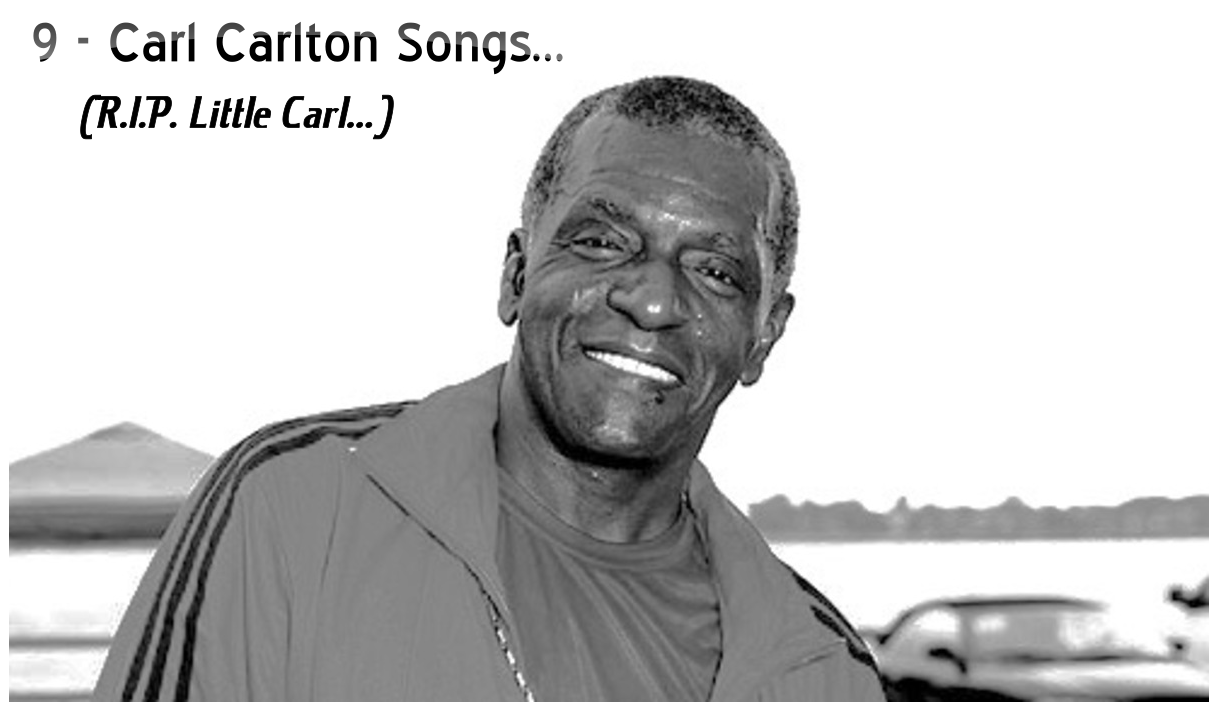(ThyBlackMan.com) The African-American poverty rate rose to 25.8 percent in 2009. That the poverty rate would increase from 2008 to 2009 was not a surprise. Black workers lost jobs in 2009. When blacks lose work black poverty increases. Alternatively, when blacks find work poverty declines. The highest employment rate for African Americans on record was in 2000 and the lowest African-American poverty rate on record was in 2000.
If we want to lower the black poverty rate we need (1) strong job creation like we had in the late 1990s, and (2) we need to make certain that blacks truly have equal employment opportunity. It is necessary to do more to ensure equal opportunity because researchers still find that employers show a strong preference in favor of white job applicants. When white and black “testers” apply to the same jobs presenting equivalent qualifications, the white testers receive more interviews and more job offers.
While job creation and anti-discrimination as anti-poverty prescriptions for African Americans may strike many as basic and commonsensical, they are rarely mentioned these days in discussions about reducing black poverty. One hears just about everything other than calls for more jobs and more equal opportunity.
Take for example, the soon-to-be-former mayor of Washington D.C., Adrian Fenty. When asked during his recent primary election campaign what his top priority for addressing poverty in D.C. is, Fenty’s answer was education  reform. He stated, “I believe that education is the great equalizer,” and that higher educational achievement would allow people to “be able to overcome barriers that perpetuate poverty.”
reform. He stated, “I believe that education is the great equalizer,” and that higher educational achievement would allow people to “be able to overcome barriers that perpetuate poverty.”
D.C. has a high poverty rate and about 3 out of every 4 poor residents are African American. But Fenty’s answer did not demonstrate a good understanding of black joblessness and poverty.
While improving educational outcomes for blacks is a valuable and important goal, it is a very weak anti-poverty program. At every educational level blacks are more likely to be unemployed and to earn less than whites. Blacks with college degrees are nearly twice as likely to be unemployed as whites with college degrees. Thus, even if blacks had the same educational profile as whites one would still expect blacks to be plagued with a higher rate of joblessness and consequently a higher rate of poverty.
Another misdiagnosis of the problem of black poverty is to see it as simply due to the high rate of female single-parent households among blacks. James T. Patterson argues that female single-parent households ultimately lead children in these families to joblessness and poverty. Patterson and others making this argument fail to mention that we have seen declines in the black poverty rate as the share of female single-parent households have increased. There was a large drop in the black poverty rate from 1990 to 2000 but no reduction in the share of female single-parent households. Now, that we’ve had two presidents, Bill Clinton and Barack Obama, and one Supreme Court Justice, Sonia Sotomayor, who spent at least part of their childhood in fatherless households we should begin to be more careful and critical in our thinking about these families.
Along with female single-parent households, there are other arguments that suggest that it is the values and behaviors of blacks that cause high black poverty rates. A different Patterson, Orlando Patterson, claims that the problems facing young black men lie in their addiction to “hanging out on the street after school, shopping and dressing sharply, sexual conquests, party drugs, hip-hop music and culture.”
Orlando Patterson’s assertions are driven more by popular stereotypes than serious data analysis. We can find more reliable data on youth from Daniel Kuehn and Marla McDaniel of the Urban Institute. These scholars analyzed data from a nationally-representative survey of youth. Contrary to Orlando Patterson’s assertions, they do not find a greater rate of “adolescent risk behaviors” among blacks; they find less. They report, [PDF] “Low-income African American youth engage in fewer risk behaviors during adolescence (3.1 cumulative risks) than low-income white youth (3.9 cumulative risks). Low-income African American youth are less likely to use alcohol by age 13, sell drugs, steal less than $50, destroy property, or run away than low-income white youth.”
Despite engaging in fewer risk behaviors than white youth, black youth have more difficulties in the labor market, and they will grow up to have a higher rate of poverty. The reason for their high poverty rate is because they cannot find work. One reason why they cannot find work is because they are black.
It is time for the country to face the facts. Blacks have a high rate of poverty because of their high rate of joblessness. Their joblessness stems from the fact that there are not enough jobs and not enough of a commitment to equal employment opportunity.
Written By Algernon Austin

















Leave a Reply